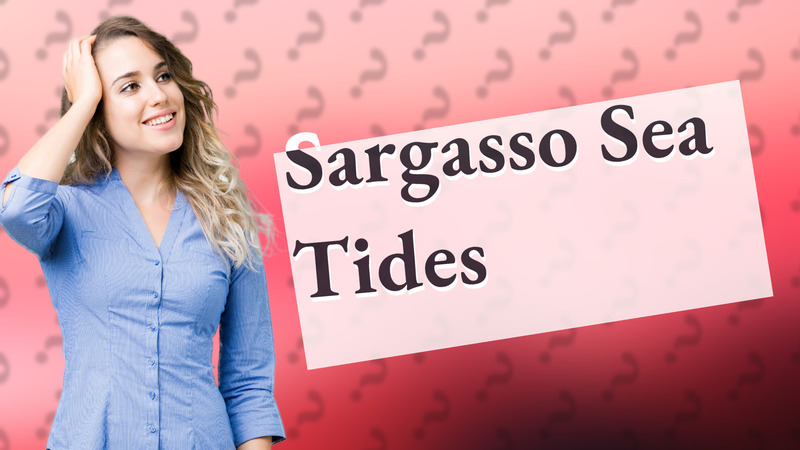
Discover what Manila Bay is: a bay or part of the ocean? Learn more about its geographical significance.

Explore the Philippine Trench's geological significance and its differences from fault lines.

Explore the seven seas of Earth and their unique ecosystems vital to global biodiversity.

Explore the frigid waters of the White Sea, recognized as the coldest sea on Earth, and its icy characteristics.

Learn how dolphins use teamwork and tactics to defend against sharks in the ocean.

Learn about Robert Ballard, the man who discovered the Titanic wreck in 1985, and the technology that made it possible.

Learn how the submarine DSV Alvin discovered the Titanic wreck in 1985 and its impact on deep-sea exploration.

Explore the unique weaknesses of sharks, including their sensitivity to electromagnetic fields and physical vulnerabilities.

Explore the Mariana Trench, the deepest point on Earth, revealing its incredible depths and unique marine life.

Discover how long submarines can operate underwater, focusing on nuclear and conventional types in this informative Q&A.

Discover whether submarines achieve higher speeds submerged or on the surface in this informative video!

Discover how fast a Navy submarine can dive and learn about its tactical advantages in the water.

Discover how submarines explore the ocean's depths, including the technological feats behind reaching the Mariana Trench.

Explore the reasons behind the small waves in the Mediterranean Sea compared to larger oceans.

Discover why Pacific and Atlantic Oceans remain separate due to density, salinity, and temperature differences.

Discover why the Mediterranean Sea has minimal tides due to its unique connection to the Atlantic Ocean.

Discover the key factors driving increased jellyfish populations in the Mediterranean, including climate change and overfishing.

Discover the science behind blue waters and what factors contribute to their beautiful color, including light scattering and algae.

Discover the key differences between seas and oceans, including size, depth, and geographical features.

Discover why some oceans are bluer than others and learn about light absorption, scattering, and factors affecting water color.

Discover the unique characteristics of oceans with minimal tidal effects, focusing on the calm waters of the Sargasso Sea.

Discover the reasons why water can look blue in nature, from absorption to scattering of sunlight.

Discover which sea is warmer: the Adriatic or the Mediterranean. Find out the factors affecting their temperatures.

Explore why tides in the Adriatic Sea are less noticeable due to its unique shape.

Explore why water appears blue in large volumes but clear in small amounts due to light absorption properties.

Discover the reasons behind Greece's minimal tides caused by the Mediterranean Sea's unique characteristics.

Explore why the Mediterranean Sea's stunning turquoise color captivates visitors with its shallow depth and sunlight.

Learn about the unique wave characteristics of the Mediterranean Sea, including its enclosed nature and weather patterns.

Discover the largest wave ever recorded in the Mediterranean, its height, and the conditions that led to its formation.

Explore Roman knowledge of the Atlantic Ocean, known as Oceanus Atlanticus, and its significance in ancient navigation.

Discover why Mediterranean water appears blue, exploring sunlight absorption, scattering, and more!

Discover the reasons behind the stunning clarity of Mediterranean water, influenced by low nutrient levels and minimal pollution.

Discover why the Mediterranean Sea experiences minimal tidal changes due to its unique geography and connection to the Atlantic Ocean.

Discover why the Adriatic Sea doesn't freeze, exploring salinity and climate influences.

Discover why the Southern Ocean is known for its extreme weather and treacherous waves, making it the roughest ocean on Earth.

Explore why the Baltic Sea appears green, focusing on phytoplankton and its effects on water color.

Discover whether human remains are still present in the Titanic wreck and what evidence experts have found.